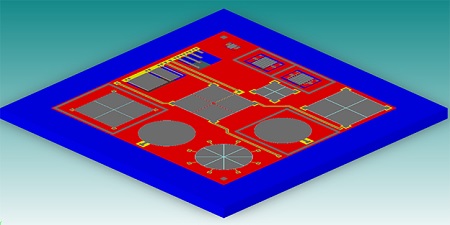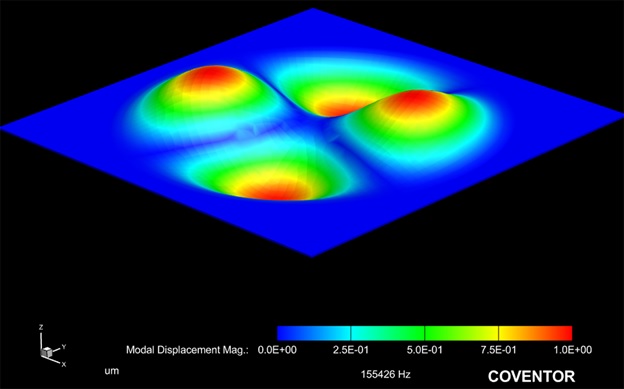
Register with Plumtri!
Register on plumtri as an Individual or as an Organisation to gain access to all of its useful features and remain updated on the latest R&I news, events and funding opportunities.
-
 Welcome to plumtriA platform for Research & Innovation
Welcome to plumtriA platform for Research & Innovation -
 Looking for Funding?Check out the current open calls
Looking for Funding?Check out the current open calls -
 Register today to start receiving our monthly newsletter
Register today to start receiving our monthly newsletter -
 Looking to partner up?Search our list of registered profiles
Looking to partner up?Search our list of registered profiles -
 You have questions on a particular funding programme?
You have questions on a particular funding programme?
Project PolyMEMSens - Cutting-Edge Sensors for Air Quality Monitoring

Air pollution remains a critical challenge as urban populations grow and vehicle numbers rise. Addressing this, researchers at the University of Malta (UM) are developing innovative air quality sensors as part of the PolyMEMSens project, funded by Xjenza Malta and the Scientific Technological Research Council of Turkey (TÜBITAK) through the XJENZA Malta-TÜBITAK 2023 Joint Call for R&I projects. This initiative is part of the PRIMA Programme supported by the European Union
Traditional air quality sensors are either expensive and bulky or affordable but lack precision. The team at the University of Malta is bridging this gap by designing microelectromechanical systems (MEMS)-based sensors. These devices use vibrating structures coated with specialised polymers, currently being developed by the team at Sabancı University, that selectively absorb VOCs, causing frequency shifts that enable accurate concentration measurements.
The project’s novel approach leverages piezoelectric materials to enhance sensor sensitivity while maintaining a compact size. The team at UM has sent their designs for manufacturing through the Europractice consortium, with prototypes expected by early 2025. Once fabricated, these sensors will be sent to Turkey to be coated by the team at Sabancı University before undergoing rigorous testing upon their return to Malta.
The successful development of these sensors could enable real-time air quality monitoring in smart buildings, industrial settings, and even personal devices, marking a significant step towards healthier living environments.
Image above: 3D Render of a MEMS Sensor Die showcasing intricate designs for precision gas detection, including both cantilever and diaphragm-based structures.
Simulation of Modal Displacement at the resonant frequency of 155 kHz.
Information and image source: PolyMEMSens Project
Attachment: External Link

